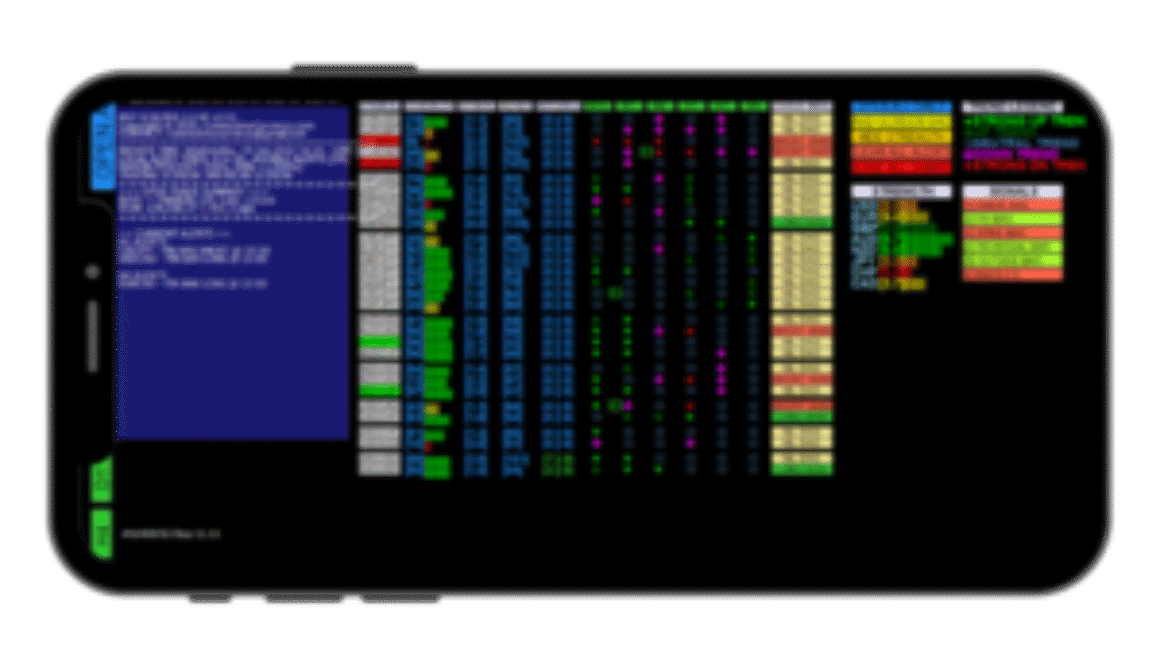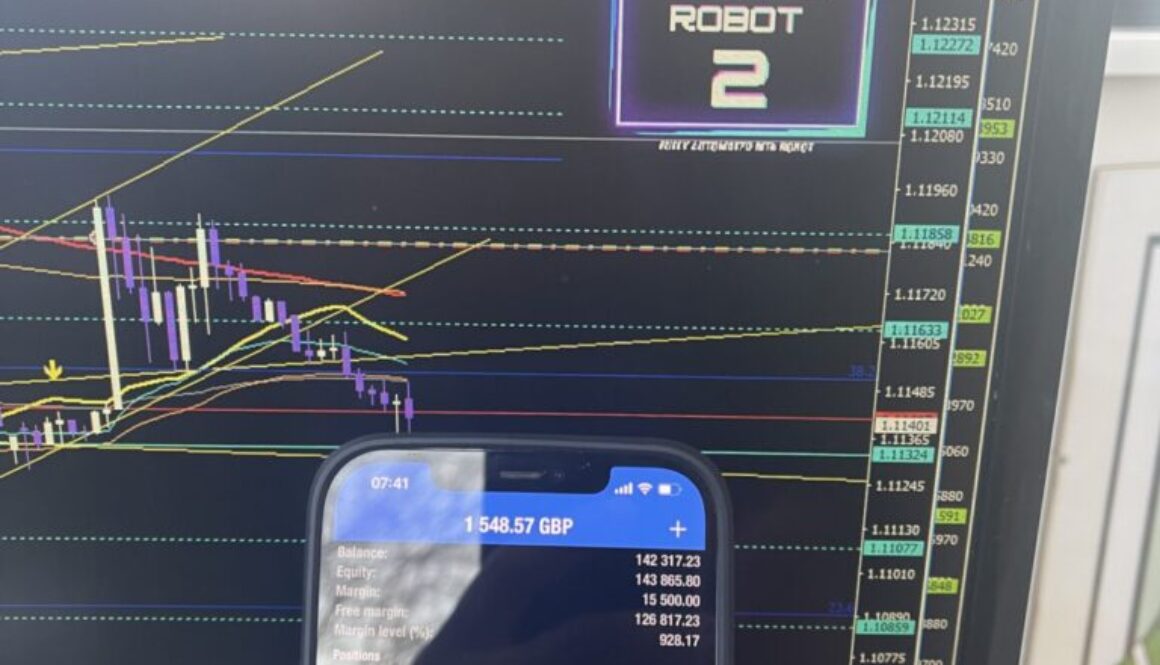How Passive Ambition is Keeping You Stuck: Break Free With This Simple Formula
What Is Passive Ambition?
You dream of freedom, success, and fulfillment. You want the big life—the business, the flexibility, the wealth. But something’s holding you back. You stay in your comfort zone. You avoid risks. You wait for the “right” time. Sound familiar?
That’s Passive Ambition.
Passive Ambition is the illusion of desire without the commitment to act. It’s dreaming of more while playing it safe. It’s craving change but avoiding uncertainty. It’s wanting the rewards without stepping into discomfort.

And here’s the catch:
The same instincts keeping you safe… are also keeping you small.
The Real Cost of Playing It Safe
So many people unknowingly follow a blueprint for stagnation. It feels like they’re being smart—saving money, avoiding mistakes, staying “secure.” But in reality, this strategy has a steep hidden cost.
Let’s break it down.
Step 1: Don’t Take Any Action
Play it safe. Do the minimum. Show up, collect the paycheck, and let someone else decide your path.
Don’t raise your hand. Don’t share your ideas. Don’t take initiative. Wait for “one day” to finally do the thing.
The problem? “One day” is the most expensive day of the year.
The more you delay action, the more you pay in lost time, lost momentum, and lost growth. There’s even a name for it:
The Price of Inaction.
Inaction compounds. It silently costs you opportunities, confidence, and clarity.
Step 2: Take Action You Barely Understand
Some people recognize they’re stuck and try to break out—but without direction. They confuse action with progress. They mistake movement for momentum.
Here’s what that looks like:
Buying a business you’ve never seen Jumping at an investment you can’t explain Launching a product without a plan Switching careers without strategy
Ambition without understanding isn’t bold. It’s reckless. And recklessness doesn’t make you rich—it makes you broke.
The Formula That Actually Works
So if inaction keeps you small and reckless action makes you vulnerable… what’s the alternative?
Smart Risk.
Here’s the winning formula:
SMART RISK = (Skill + Preparation) × Action
Smart risk means taking calculated steps.
You study the terrain. You build your skills. You prepare. Then, you move decisively.
You don’t need all the answers, but you do need a plan.
You’re not guessing. You’re betting wisely.
Why Smart Risk Is the Only Way Forward
Every successful entrepreneur, leader, and creator you admire once looked foolish. They started without approval. They took chances. And they often looked like they were flying blind.
But here’s what they had: conviction, clarity, and courage.
They built when no one was watching.
They risked failure to create freedom.
They felt the fear… and moved anyway.
You don’t need a perfect plan. You need motion.
The World Is Built By Movers
The world isn’t built by those who wait for permission—it’s built by those who just start.
No applause. No guarantees. No warm-up round. Just movement.
And movement leads to momentum.
That first awkward video.
That clunky first draft.
That nerve-wracking pitch.
Each one moves you closer to mastery.
Here’s the Truth Most People Avoid
No one’s coming to save you.
Not your boss. Not the economy. Not your partner. Not your dream job.
But here’s the flip side:
You might not need saving at all.
What if everything you need to grow is already inside you?
What if the real problem isn’t your job, your timing, or your tools…
What if it’s your unwillingness to bet on yourself?

5 Signs You’re Stuck in Passive Ambition
You wait for the “right time” to start You daydream but rarely execute You research endlessly but avoid decisions You envy others but justify your inaction You start things impulsively and give up quickly
3 Ways to Embrace Smart Risk Today
Invest in Skill Read. Practice. Take courses. Build experience that compounds. Make a Simple Plan Break your big goal into smaller, logical steps. Think direction, not perfection. Take One Aligned Action Don’t try to change your life in one weekend. Take one meaningful step today. Then another tomorrow.
Frequently Asked Questions
1. What is passive ambition?
Passive ambition is the desire for success without the willingness to take meaningful risks or actions. It’s dreaming of more but never committing.
2. How do I know if I’m being passively ambitious?
If you find yourself constantly saying “one day” or hesitating to act due to fear or overthinking, you’re likely stuck in passive ambition.
3. What is the difference between smart risk and reckless risk?
Smart risk involves preparation, skill, and thoughtful action. Reckless risk lacks strategy and is driven by impulse or desperation.
4. Why is inaction so costly?
Inaction leads to missed opportunities, wasted time, and decreased confidence. Over time, it compounds and becomes harder to escape.
5. Can I succeed without taking big risks?
Not necessarily. You don’t need to take reckless risks, but meaningful growth requires stepping outside your comfort zone and betting on yourself.
6. How can I start taking smart risks today?
Begin with clarity. Choose one goal, build the necessary skill, make a plan, and take small, consistent action. Focus on progress, not perfection.
Final Thoughts: You’re More Capable Than You Think
The scariest part of this journey is realizing no one’s coming to save you. But the best part?
You don’t need them to.
When you stop waiting, start preparing, and move with intention, everything changes.
You reclaim your power. You grow. You thrive.
It’s not about being fearless.
It’s about choosing courage—again and again.
What would your life look like if you gave yourself permission to go all in?






























